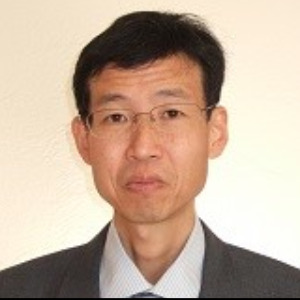Mathematical Modelling
Nanotechnology is the study and use of materials and structures that are only a few nanometers in size. As a result, nanotechnology has the potential to revolutionize many areas of science and engineering, including materials science, electronics, and medicine. In order to design and optimize Nanobiotechnology and nanostructures, mathematical modelling can be used to simulate and analyze their performance. Mathematical modelling is a process of constructing mathematical equations to represent a physical system. These equations can then be used to predict the behaviour of the system under different conditions. In the field of nanotechnology, mathematical models can be used to determine the physical and chemical properties of Nanobiotechnology and nanostructures. For example, mathematical models can be used to predict the mechanical properties of Nanobiotechnology such as stiffness and strength, and the electrical properties of nanostructures such as conductivity and capacitance. In addition, mathematical models can be used to study the interaction of Nanobiotechnology and nanostructures with their environment. This includes the study of interactions between Nanobiotechnology and biological systems, such as the interactions between Nanobiotechnology and cells or proteins. By understanding these interactions, it is possible to design Nanobiotechnology and nanostructures that can interact with biological systems in a controlled and specific manner. Furthermore, mathematical models can be used to study the formation and evolution of nanostructures. By understanding the mechanisms of nanostructure formation, it is possible to design nanostructures with desired properties and characteristics.

Harry Ruda
University of Toronto, Canada
Raman Singh
Monash University, Australia
Paulo Cesar De Morais
Catholic University of Brasilia, Brazil
Xiao Hong Nancy Xu
Old Dominion University, United States
S V A R Sastry
Harcourt Butler Technical University, India
Vinayak Adimule
Angadi Institute of Technology and Management, India



Title : 40,000 implants in humans and no failure: The impact of nanomedicine
Thomas J Webster, Hebei University of Technology, China
Title : Cellulose-derived biochar modified with iron oxide and ZnO nanoparticles by a novel one-step pyrolytic method for removal of emerging contaminants from water
Rashad Al Gaashani, Hamad Bin Khalifa University, Qatar
Title : Harnessing the unique properties of engineered nanostructures for sensing
Harry Ruda, University of Toronto, Canada
Title : Circumventing challenges in developing CVD graphene on steels for extraordinary and durable corrosion resistance
Raman Singh, Monash University, Australia
Title : Nano DAP augments productivity, phosphorus use efficiency, and profitability of spring wheat in India
Binaya Kumar Parida, Coromandel International Ltd, India
Title : Lipid nanoparticles formulations: From bench scale to industrial scale
Mohammad A Obeid, RAK Medical and Health Sciences University, United Arab Emirates